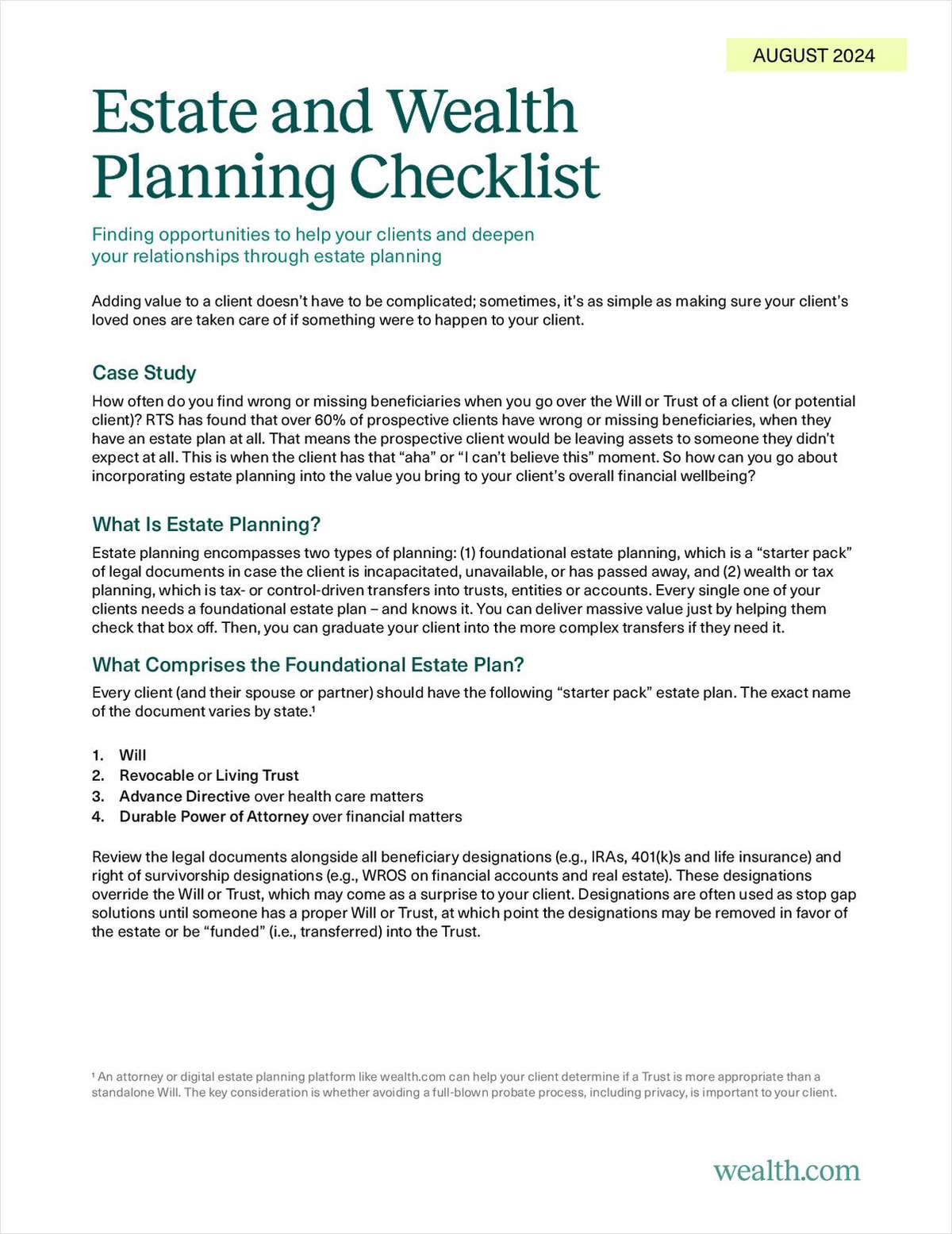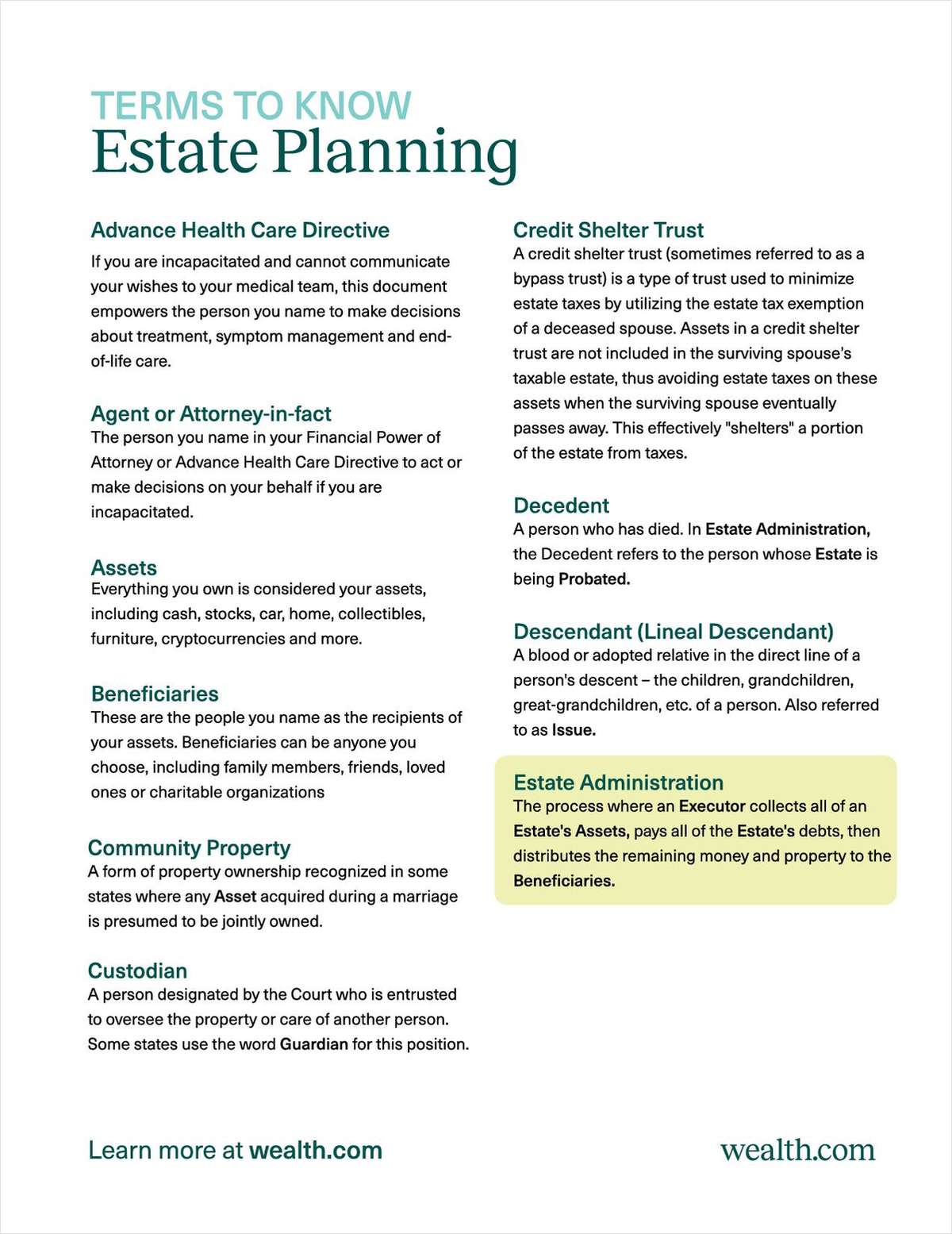If your clients are like most in- vestors, the recent rise in interest rates may make them wonder if now is the right time to invest in the bond market, or if they should wait in the event that rates rise even higher. According to the Investment Company Institute, as of August 27, 2003, there was approximately $2.18 trillion sitting idle in money market funds, and many of those funds had yields of less than 1%.
Why? Arguably, investors could be waiting for the right time to jump back into the equity markets or for interest rates to move up before investing in bonds. Of course, by waiting, they run the risk that rates may fall and the opportunity to lock in current levels may be lost. Alternately, rates might in fact rise, but not enough to offset the income sacrificed during the waiting period.
In helping your clients plan their investments, be aware that waiting can be very costly to their investment goals. Having said that, we will consider the cost of waiting as it applies to the bond side of the equation. Then we will explore several investment strategies that can accommodate the needs of investors regardless of the eventual direction of interest rates, such as laddering a portfolio, step-up, and floating-rate investments.
Let's use the following two scenarios. Assume that two investors each have $50,000 in a money market account and both have a 10-year investment horizon. Investor A is uncertain as to the direction of interest rates but decides to invest $50,000 in a triple-A rated 10-year bond yielding 4.50%. The total income generated is $22,500.
Investor B is also uncertain and chooses to remain in the money market fund that is yielding 0.75% in anticipation of interest rates rising. Let's say that after two years, rates do rise 50 basis points. Investor B takes the entire $50,000 and purchases an eight-year triple-A bond yielding 5%. The total income generated is $20,750.
Even though Investor B eventually buys a bond with a yield that is 50 basis points higher than Investor A's, the cost of waiting to Investor B is $1,750 in total income ($20,750 compared to $22,500).
If interest rates had fallen, the loss of potential interest income would have been even greater. On the other hand, if rates had risen considerably within a short period of time, there may have been validity to waiting to lock in a longer-term rate.
Alternative #1: The Bond Ladder
A great way to put money to work in the bond market, yet hedge against interest rate fluctuations, is to build a bond ladder. A ladder involves allocating a certain dollar amount into different maturities over a specified time period. Having a portion of money mature, or "roll-off," periodically allows the investor to reinvest in additional bonds, which can extend the final maturity of the investment. For example, an investor with $50,000 to invest could take advantage of various coupon rates and maturities by placing $10,000 in bonds that mature in years two, four, six, eight, and ten. As each bond matures, a new 10-year bond is purchased to maintain the ladder. A ladder generates more income than a money market investment, yet provides the opportunity to benefit from future interest rate increases as bonds mature and funds are reinvested.
Alternative #2: Callable Step-Ups



